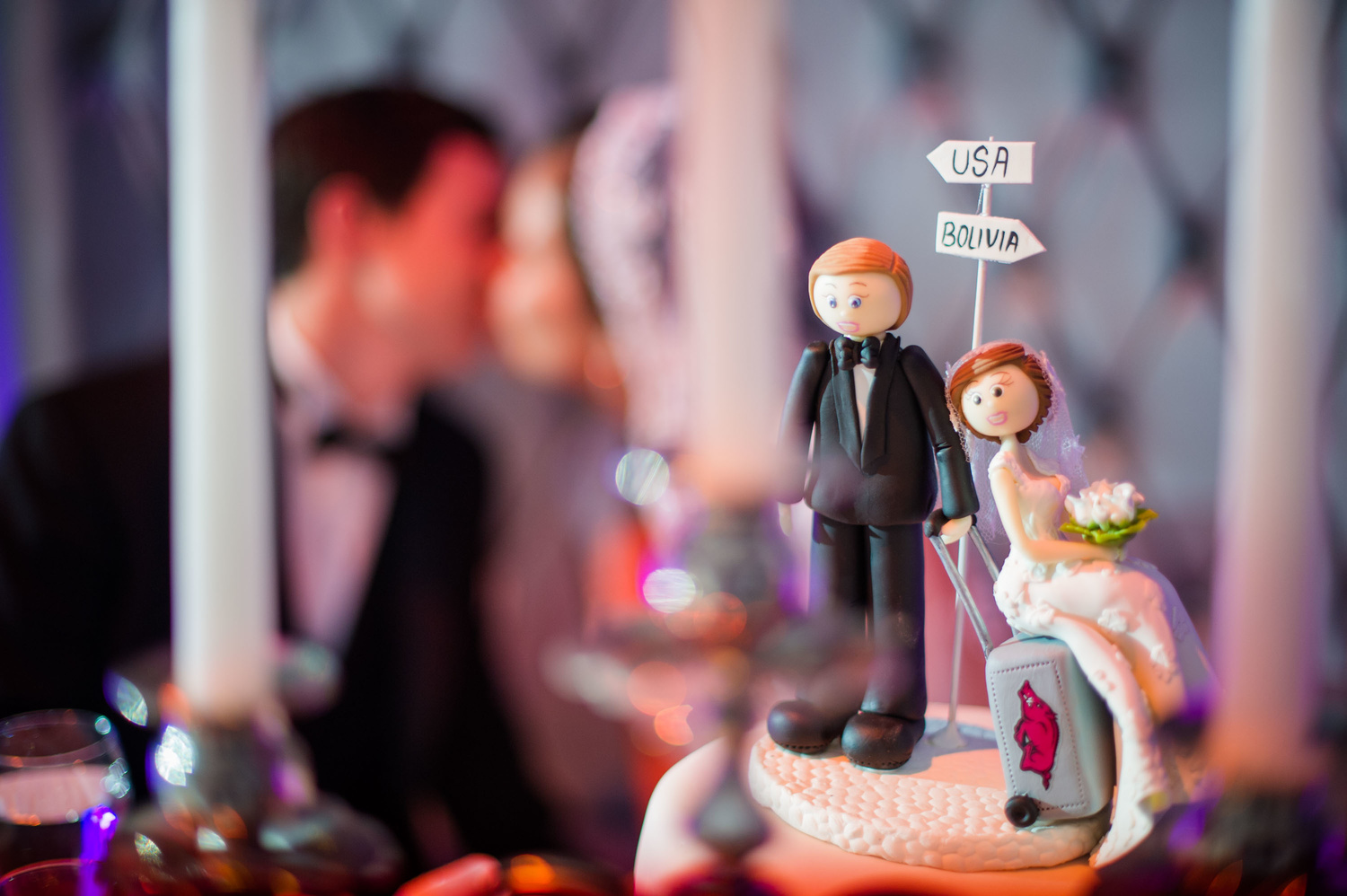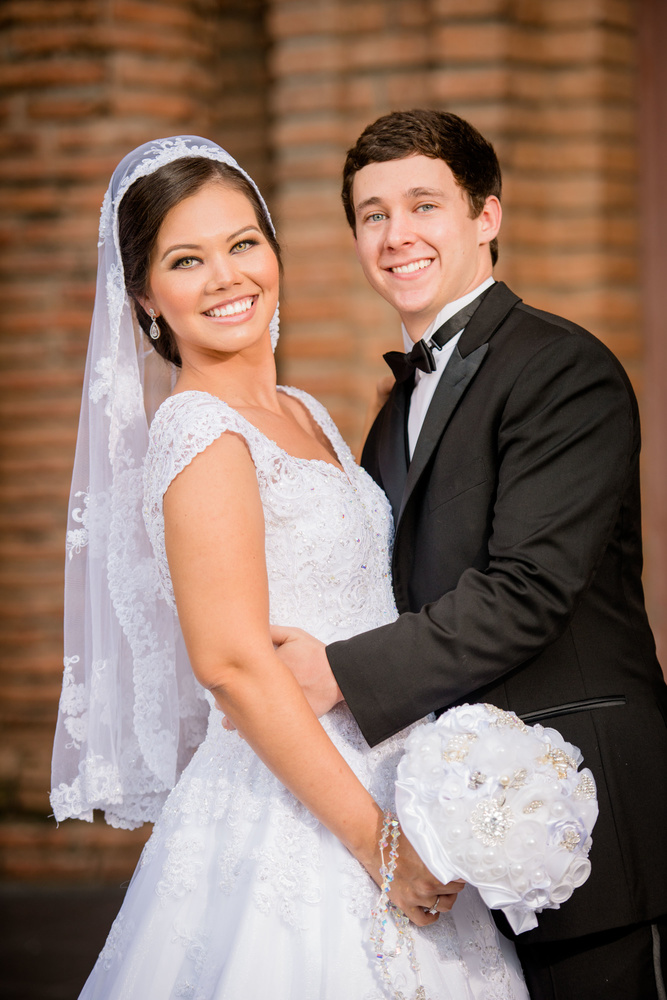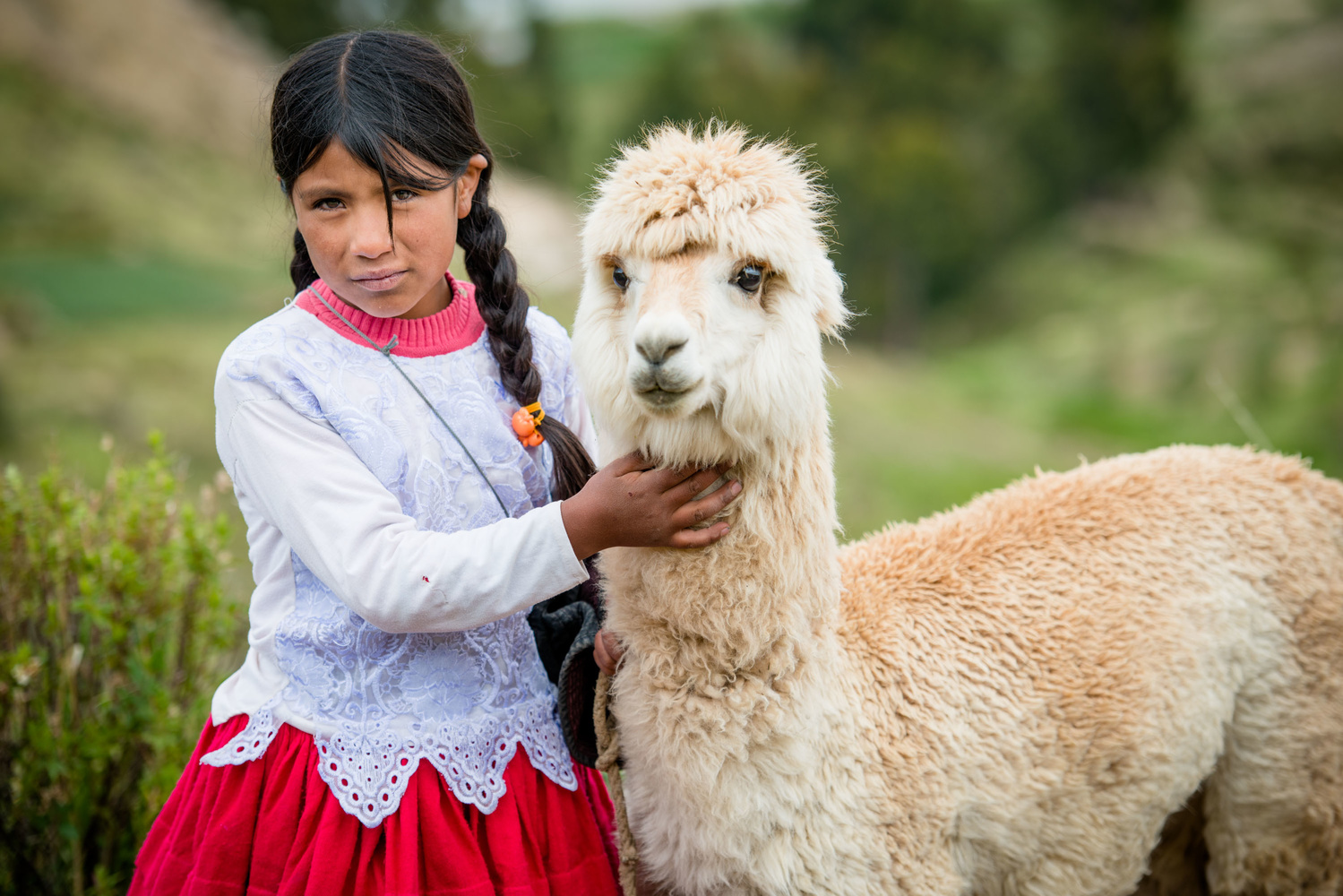Like many photographers, I decided to stop shooting weddings as soon as I was able to. They were sometimes fun, and they could pay well, but they just weren’t for me. In 2013, I finally booked my last one: a destination wedding in early 2014 in Bolivia. Going out with style, for sure.
I decided to turn the trip into an extended stay; after the wedding, I’d travel for four weeks, alone, throughout Bolivia. Although I had done some international travel already, I had never been to South America, and had never traveled solo for such an extended period of time. I knew that I needed to take advantage of every opportunity to travel if I was to achieve my long-term career goal of being a photographer for international NGOs and non-profits that work towards cultural and environmental preservation.
But I had a gear dilemma. I was going there primarily to shoot a wedding, but also to backpack around the country. I decided on taking two different (though slightly overlapping) sets of photo equipment, mostly because I was able to leave some of it at my bride’s parents’ house in Santa Cruz after the wedding and wouldn’t have to schlepp it around the whole time. Still, I was walking a very fine line between having proper wedding gear and traveling lightly.
GEAR LIST
For the smaller, travel-only kit, I decided to take a standard photojournalist-style kit: a wide angle zoom, a normal prime, and a tele-zoom.
Travel kit:
- Nikon D800 DSLR
- Nikon 17-35mm f/2.8D ED-IF AF-S
- Nikon 50mm f/1.4G SIC SW
- Nikon 70-200mm f/2.8G ED VR II AF-S
- Nikon SB-700
- Nikon SC-29 TTL Cord
- Circular Polarizing Filter
- Manfrotto 055CXPRO4 Tripod with 327RC2 grip head
In addition to this kit, here’s what I brought to use only at the wedding:
- Nikon D3s DSLR
- Nikon 105mm f/2.8G AF-S IF-ED VR Micro
- Nikon SB-910
- Westcott 26” Rapid Box Octa + stand
- Lumopro 43” Shoot-thru umbrella + stand
- 4x Pocketwizard Plus III
- 5-in-1 reflector
This all fit nicely into my F-stop Loka bag (now updated to the Loka UL) with two small ICUs (except for the tripod/light stands/modifiers, which went into my checked bag). Of course, it wouldn’t have passed inspection if it had been weighed at the airport, but luckily that didn’t happen. The Loka is “international carry on size,” though you may have trouble on smaller regional jets. On this trip, they tried to make me check the bag at the gate. I wasn’t about to let that happen, so I ripped off the gate-check tag on my way down the jet bridge, got on the plane, and lo! It fit, just like I knew it would.
Here are a few images from the wedding and bridals. Can you guess how many photographers there are in this image? Hint: it wasn't all of them.






After the wedding was over, I removed one of the small ICUs from the Loka, packed the bag with the travel photo kit and other belongings, grabbed my trusty Naneu Sahara 115 shoulder bag (which held my 13” Retina Macbook Pro), and set off around the country with no plan except to have a good time. No hotel reservations. No tours booked. No ideas about where I wanted to go. I had my Lonely Planet Bolivia guidebook, but hadn’t even opened it until I was on the plane to get there. I had cash, credit cards, and an open mind. And it was all I needed.

View of the Inca Trail (with Incan ruins in the bottom right) at the start of the El Choro Trek, Bolivia.
Most reasonable people would have at least planned SOMETHING. The first hotel they’d stay at, a general route, etc. But, I didn’t do that, and it was intentional. I wanted to go into it blindly, but with purpose: in order to truly feel fully immersed in the place and with the people, I wanted to go there with zero expectations and the need to make friends. I’ve found that the more expectations I have when traveling, the more often I feel disappointed when something goes wrong. Things rarely go as you’ve planned them when you’re abroad.

Girl and her llama on Isla del Sol, Lake Titicaca, Bolivia.
There was a downside to this method: I wasn’t always able to be places at ideal times of day for photography. Oftentimes, I was shooting things from moving cars, or at noon, or both.

Landscape of the southwestern Altiplano region, Bolivia.
My route finally began to materialize. From Santa Cruz, I headed southwest towards the high-plains (altiplano) region of Uyuni, then went up north to La Paz. I visited salt flats and high altitude lakes, rode a bike down the “Death Road,” trekked from 16,000 feet down to 4,000 feet over three days in the Andes, toured an active mineral mine, hiked across an island in Lake Titicaca, chewed coca leaves, and saw all kinds of architecture. I slowly weaved my way back through cities to Santa Cruz to fly home, absorbing as much as I could along the way.
And I had a blast doing it.

The sun sets over the Uyuni salt flat (Salar de Uyuni), southwestern Bolivia.
The D800 was a great camera for the trip. Although it wasn’t as light as mirrorless offerings (I’m currently exploring my options to switch to mirrorless for travel), it sure beat out the D3s in terms of size and weight. The dynamic range I could pull from the files was incredible. I didn’t need the higher frame rate that my D3s had for what I was shooting, and the battery life was decent as well. Overall, I was very happy with the choice to bring that camera, and was pleasantly surprised at its versatility.

Llamas waking up in their pen at sunrise, southwestern Bolivia.
The Nikon 17-35mm f/2.8 lens was the only piece of equipment I purchased specifically because of this trip, except for the Loka bag. I had a few requirements when I was looking at wide-zooms: it had to be wider than 20mm, f/2.8 or faster, and able to use circular filters. The Nikon 14-24mm f/2.8 is an excellent ultra-wide zoom, but is big, heavy, and unable to use circular filters. The Nikon 16-35mm f/4 was another option, but I really wanted a faster lens for night shots, and f/4 just didn’t seem like it would be good enough. So, even though the 17-35mm was a bit older and not the sharpest choice for the D800’s resolution power, it felt right. And it ended up serving me well. It was sturdy, wide enough, fast enough, and small enough, which is probably why it’s still a favorite among photojournalists today.

Cathedral tower and palm trees, Bolivia.

A woman works in a shop, preparing an offering of coca leaves and other goodies to give to mine workers in Potosí, central Bolivia.
I didn’t use the 50mm f/1.4 lens too frequently, but I did use it some, and it gave me a certain peace of mind to have something for low light situations when I needed it. It was also small and light enough to not make much of a difference in my camera bag.

These gentlemen in Uyuni, southwestern Bolivia, asked me to take their photo. And then requested a tip.
I used the 70-200 f/2.8 VRII lens quite a bit on this trip. It let me put some distance between myself and my subjects for street photography and was fast in low-light, two situations I always find myself in. I almost pulled the trigger on getting the f/4 version of the lens for this trip due to it’s smaller size and weight, but I did appreciate having that extra speed when I needed it. It is big, though, and sometimes made me feel pretty conspicuous on the streets. I found myself keeping the 17-35mm lens on most of the time, only swapping to the 70-200mm when I needed it.

Scarlet Macaw in Santa Cruz, Bolivia.

Boats anchored in the bay at Copacabana on Lake Titicaca.

This little mountain kitten didn't want to get off my lap on the first day of my trek in northern Bolivia.
Now, to the tripod. I only used it a couple of times, but I sure was glad I had it with me. After spending an entire day hiking from the southern to the northern end of the Isla del Sol in Lake Titicaca, I finally found a room in the town of Cha’llapampa. As thunderstorms were rolling in, I realized that I hadn’t broken out the tripod I had been carrying the whole trip, that I was high in the Andes at 12,500 feet, and that the stars were magnificent. Using light from my headlamp and a light on a house a couple hundred feet away, I lit the boats during this fifteen-second exposure. Less than ten minutes later, clouds rolled in and hid the stars, and it stormed all night. It was one of the only times I used the tripod I had been lugging around for weeks, but I think it was worth the extra weight.

Stars shine over some light-painted rowboats on Lake Titicaca's Isla del Sol, northwestern Bolivia.

Cars pass by near the central plaza in Sucre, central Bolivia.
The Loka bag also performed exceptionally well. Its built-in rain cover got a workout and protected my gear, and I liked being able to change the organization of the bag using the ICUs to fit my needs. A little wear and tear happened — some stitching on the rain cover came loose, an exterior plastic buckle cracked, and it got plenty dirty — but that was about it. Not bad forfive weeks of travel. I’d highly recommend F-stop’s products for outdoor adventure photography.

A snowy start at 16,000 feet on the El Choro trek near La Paz, Bolivia.
This trip is one of the best I’ve been on. Bolivia has its own struggles, just like all countries, but I thoroughly enjoyed the places I went and the people I met. Friendly smiles, majestic landscapes, and of course, delicious salteñas. I’ll be back, for sure.

(And don’t forget to get at least one selfie while traveling! Salar de Uyuni, southwestern Bolivia.)
What are your favorite travel photography stories?







This is awesome. I've moved away from weddings as well. I just don't enjoy them anymore. Sure the pay is great, but when it turns a passion into a dread, I think that's when it's time to step away. I've been venturing into a lot more travel photography as well! These images are great and your story is inspiring! :)
Same.
I think you can earn a living from weddings but not travel photography, and your images go some way to proving that.
With no plan and no structure, your images are not convincing as either a cohesive story nor a wider set of travel pictures. Maybe an agency may take a couple of snaps, but there seems to be little cross-over from your skills set as a wedding photographer into either architecture, portraiture, documentary, though your landscapes show some promise.
After 650 weddings I too went off travelling, again, with mixed results, though I went off for 7 months at a time to get to know one region as well as I could as I fancied myself as a documentary photographer.
Your travels were viewed by one as being "inspiring". You have simply told us, factually what you took, how well certain items performed and the narrative is cold, detached and lacking real emotion. What I gain from this is the 16-35 is a lens to use very sparingly, extremely wisely, and leave it in the bag most all of the time.
Street lenses are not a monster zoom at f2.8 - you were partly correct, the f4 is a far better choice most of the time for travel. Street lenses are small prime and fast, like a 35 or a 50mm f1.4.
Jacking in the money train is all well and good but with no plan, you will soon run out of funds and make precious little on the way.
As painful as it may be, I think your future as a photographer very much lies in the wedding arena, better money and better images, what's not to like in the long run?!
agreed. the kitten shot tells it all.
Looks like a great trip! And I think your images are amazing. Whilst I know you want to/just have stepped away from weddings, a single wedding in another country would probably fund another month's travelling on a shoestring working toward your photographic goal and documenting places and faces. To my novice point of view I think that'd be a fantastic way to go!
Great images and story.